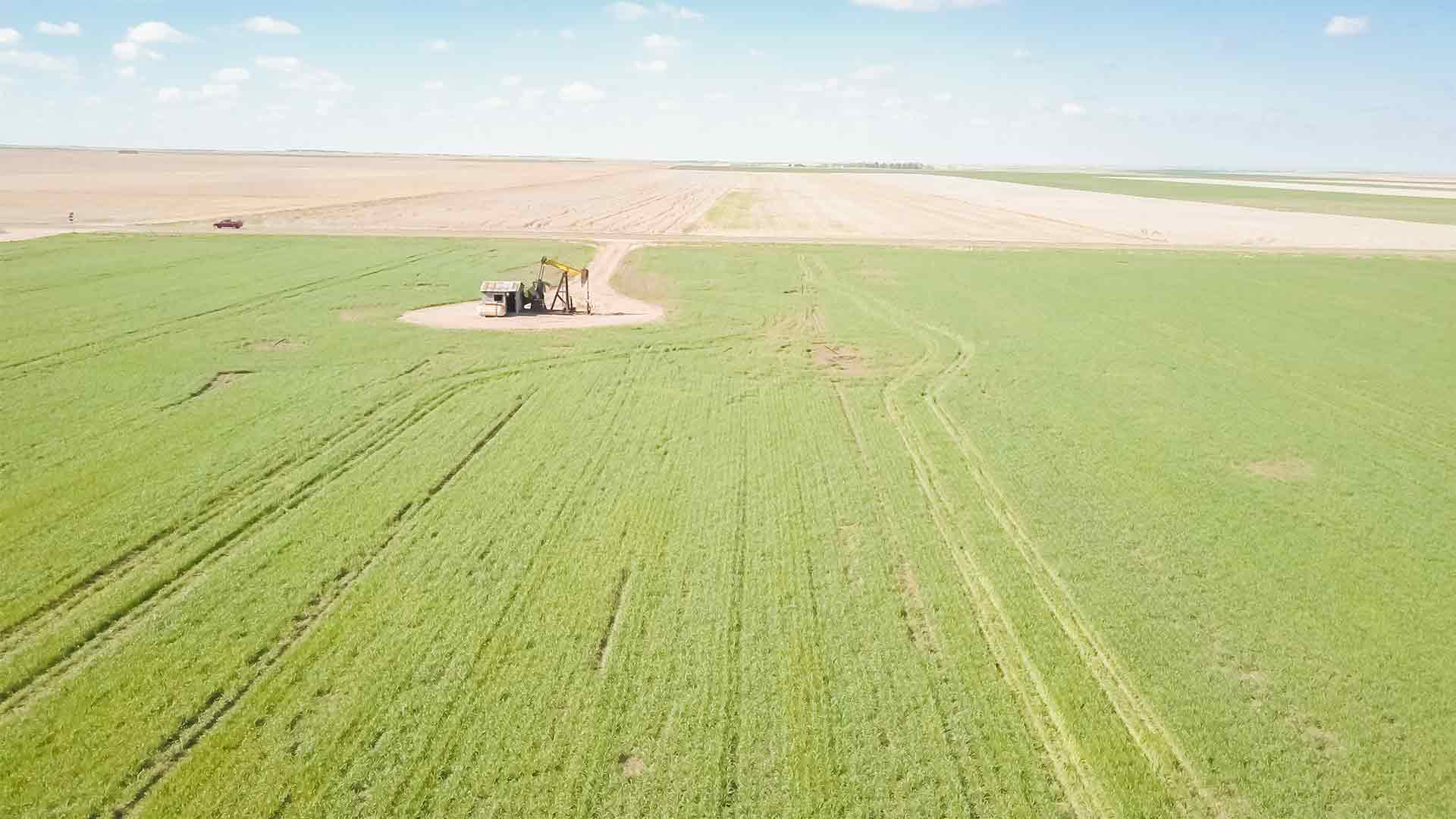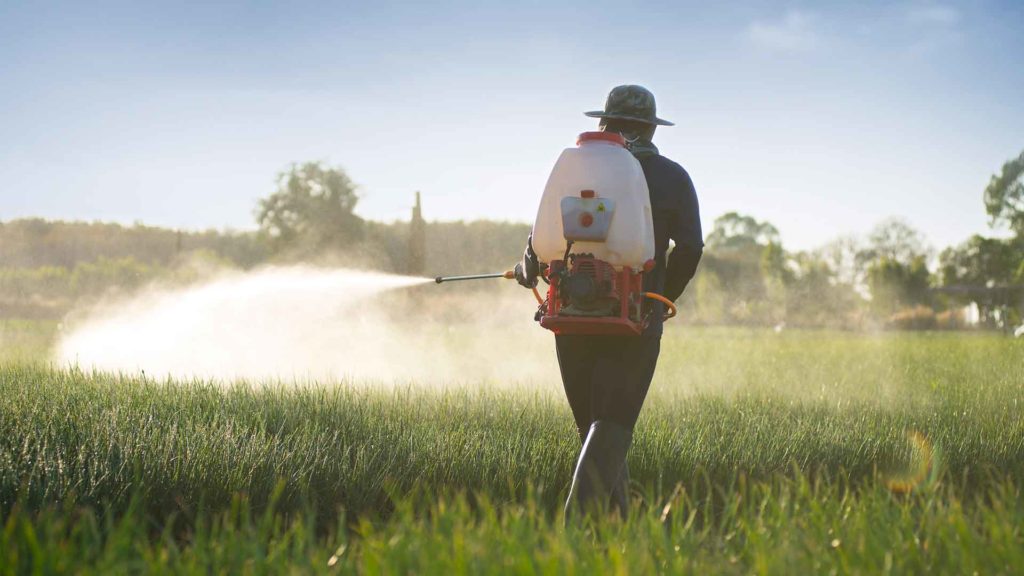Nitrogen Fertilizer Price Rises
European farmers face a growing problem with the fertilizer supply and pricing this spring due partly to a sluggish global economy, tight supply, and trade embargoes driving up prices. Nitrogen prices are skyrocketing, so the only option is to use less and pass the increased costs on to the consumer. Boron is also in the spotlight as prices rise.

Nitrogen and Boron Fertilisers
Chemicals Used in Fertilizers
Nutrients essential to plant growth Among the main components of proteins, nitrogen (N) is responsible for plant growth and development. Plants rely on nitrogen for growth, vigor, color, and yield.
The mineral phosphorus (P) is essential for root growth and helps plants withstand drought conditions. Several other functions of phosphorus are essential for plant growth and development, including the maturation of seeds and fruits.
Photosynthesis in plants is accomplished by potassium (K). Crops are more resistant to lodging, disease, and drought when potassium is present.
Secondary nutrients such as sulfur, magnesium, and calcium are necessary for optimal crop growth. In the early stages of development, sulfur is crucial for producing essential amino acids, proteins, and fatty acids. Magnesium plays a vital role in photosynthesis, which involves the conversion of light into chemical energy to sustain life. Calcium significantly affects fruits and vegetables’ quality, yield, and shelf life.
Role of Boron as a Fertilizer in Crop Nutrition
Studies have shown that adequate Boron nutrition keeps the root membranes and ATPase activity functioning correctly, improving the roots’ phosphorus (P) and potassium (K) uptake. Root colonization with mycorrhizal fungi depends on boron, which contributes to the root uptake of phosphorus.
After adding boron to the growth medium, root uptake of P and K under low B supply was returned within one hour in short-term experiments with corn plants. It is also evident from experimental data that an adequate boron supply is necessary to mitigate aluminum toxicity in plants grown in low-pH soils.
Will Boron Become More Common in Fertilizers?
In the United States alone, more than 1 billion tons of nitrogen, phosphorous, potash, and sulfur were sold in the United States alone in 1999. Of this total amount, only about 20 million tons were boron fertilizers, while the rest consisted of nitrogen fertilizers, phosphate fertilizers, potash fertilizers, and sulfur fertilizers.
Fertilizer prices have increased significantly since 1998. For example, the cost of nitrogen fertilizers rose from $0.50 per pound ($0.25 per kg) in 1998 to $1.10 per pound ($0.55 per kg) in 1999.
This increase is due to the shortage of natural gas used to produce ammonia and the limited availability of phosphatic rock. The price of phosphorous fertilizers rose from $1.00 per pound ($0.50 per kg) in 1998 to $1.60 per pound ($0.80 per kg) in 1999 due to the shortage of phosphatic rock. Potassium fertilizers have remained relatively unchanged during this period.
The use of boron fertilizers has been increasing since 1990. In 1989, only 3 million pounds (1.35 million kg) of boron fertilizers were produced in the U.S. By 1995, the production had grown to 10 million pounds (4.5 million kilograms), and it reached 15 million pounds (6.8 million kilograms) in 2000.
The demand for boron fertilizers is expected to grow as farmers seek ways to reduce their dependence on chemical fertilizers. It is estimated that more than 50% of the world’s arable land receives boron fertilizers yearly. As a result, there is an urgent need for improved methods of applying boron fertilizers to soils.
There are two basic types of boron fertilization systems currently bar and liquid boron. Dry granular boron fertilizers are typically made from boric acid or boric oxide. Liquid boron fertilizers contain boric acid dissolved in water or alcohol. Both types of boron fertilizers are usually supplied in bags containing approximately 100 lbs (45 kg) of material. The bagged products are then distributed to the field using a tractor-drawn cart or wagon.
Boric Acid Fertilizers
Dry granular boron fertilizer consists of finely ground boric acid mixed with other inert materials such as sand, clay, limestone, or diatomaceous earth. These mixtures are pressed into solid blocks or pellets placed directly onto the soil’s surface.
The advantage of using boric acid fertilizers is that they provide immediate plant nutrition and do not require additional irrigation. However, boric acid fertilizers are expensive because they must be applied at high rates to achieve adequate results. Also, boric acid fertilizers are easily washed away by rainwater.
Liquid Boron Fertilizers
Liquid boron fertilizers consist of either boric acid dissolved in alcohol or water or boric acid adsorbed onto silica gel beads. When these liquids are sprayed onto the soil, the boric acid dissolves in the soil solution and enters the root zone, where plants take it up. The advantages of using liquid boron fertilizers include lower application costs and less potential for washing off the soil. They also allow for better control over the rate of nutrient release.
However, when boric acid fertilizers dissolve in the soil, they can leach out of the soil profile and contaminate groundwater supplies. If the concentration of dissolved boron reaches toxic levels, it may cause damage to fish and aquatic life.
Therefore, the Environmental Protection Agency (EPA) regulates the amount of boron allowed to enter the environment through agricultural runoff. The EPA allows no more than 0.3 ppm of boron per acre per year. This limit was based on studies conducted during World War II, when boric acid was added to munitions to increase their explosive power.
In addition to the environmental concerns associated with boron fertilizers, they have several disadvantages. First, the cost of producing boric acid fertilizers requires special equipment and processing techniques.
Second, the solubility of boric acid decreases as temperature increases. Thus, boric acid fertilization systems cannot be used in cold climates.
Third, using boric acid fertilizers does not prevent weed growth. Finally, boric acid fertilizing systems are challenging to apply manually.
Farmers’ Approach to Rising Prices for Nitrogen Fertilizers
To reduce the need for nitrogen fertilizers, farmers have been experimenting with various methods of applying nitrogen fertilizers. One process involves mixing urea with the soil before planting. Urea is converted to ammonia by bacteria present in the soil.
Ammonia is absorbed by the roots of growing plants and then carried back to the leaves, oxidizing it to nitrate ions, a form of nitrogen available to plants. Another method of applying nitrogen fertilizers involves adding ammonium sulfate to the soil after planting the crop. Ammonium sulfate is converted to ammonia by microorganisms in the soil. Once again, this ammonia is absorbed by the roots and transported back to the leaves, where the ammonia is oxidized to nitrates.
A third method of applying nitrogen fertilization involves incorporating slow-release nitrogen compounds into the soil before planting. For example, one type of slow-acting nitrogen compound includes calcium nitrate. Calcium nitrate is slowly released from the soil over time, providing nutrients.
While all three of these methods of applying nitrogen fertilization have proven effective, each has its drawbacks. Mixing urea with the soil before planting requires large amounts of energy and labor.
Adding ammonium sulfate to soils after planting requires large quantities of fertilizer and causes an undesirable build-up of salts in the soil. Incorporating slow-release nitrogen compounds requires expensive machinery and specialized knowledge on properly incorporating them into the soil.
How do Boron Fertilizers Bridge the Gap Between Sky-high Prices of Nitrogen Fertilizers in the EU?
The use of boron fertilizers has several potential advantages over nitrogen fertilizers. First, boron fertilizers do not require additional energy or workforce to prepare. Boron fertilization systems are often easier to operate than conventional nitrogen fertilization systems because they do not need a high degree of skill to apply.
Second, boron fertilizers are less likely to cause salt build-up in the soil. Because boron fertilizers are soluble, they tend to move quickly through the soil profile and reach deeper layers of soil where there is little competition for water. As a result, boron fertilizer applications do not encourage the growth of weeds. Finally, boron fertilization does not promote algae growth in lakes and ponds.
One disadvantage of using boron fertilizers is their effectiveness is limited to specific crops. While boron fertilizers can be applied to many different crops, they are most effective when applied to leguminous crops such as beans, peas, clover, alfalfa, and others.
These crops contain high levels of borate esters that bind to the boron in the fertilizer. Leguminous crops also absorb more boron per acre than other crops. However, if the boron content in the soil is too low, the amount of boron absorbed by the plant will be insufficient to provide adequate nutrition to the plant.
Besides helping fertilize leguminous crops, boron fertilizes non-leguminous crops such as corn, wheat, soybeans, sunflowers, sugar cane, potatoes, etc. These crops can take advantage of the boron contained in the fertilizers even though they cannot store boron within their tissues.
Boron fertilization works well for both leguminous and non-leguminous plants because the boron is taken up primarily by the plant’s root system. Thus, the boron does not accumulate in the leaves of the plant. Furthermore, since the boron is bound to organic matter, it is not readily available to competing organisms such as algae.
Given the preceding, it would be desirable to develop a method of providing boron fertilization to non-leguminous crop plants without relying solely upon the application of boron-containing fertilizers. It would further be advantageous to develop a method of incorporating boron fertilization into existing nitrogen fertilization systems so that farmers could continue to utilize the benefits associated with nitrogen fertilization while at the same time reducing the cost of production.
On the Ground in Europe
Chemicals are still in short supply among many farmers, who either wait until the last minute in case prices decrease or spread usage more thinly to save cost.
Nitrogen fertilizer usage in Hungary is expected to decline by 30% to 40% this season, resulting in lower crop yields, according to Gyorgy Rasko, an agricultural economist with a farm in the country. It is possible that a drought would be even more detrimental if there were to occur during April and May since nitrogen helps plants survive dry conditions.
Farmer Guillaume Cabot in France said he increased the planting of flax plants, which require less nitrogen fertilizer and reduced the planting of other crops due to price increases in the Seine-Maritime region of northern France. He explained that his expenses had increased tremendously, especially fuel, nitrogen fertilizer, and electricity. His fertilizer expenses increased by 11,000 euros ($11,400) last year.
The impact will be even more substantial when paired with the lack of imported fertilizers, said Romanian fertilizer maker Azomures, one of those that curtailed production. “The quality and quantity of crops will suffer.”
Furthermore, there are broader challenges to the fertilizer market, including import restrictions by Russia and China and sanctions on Belarusian potash production are affecting trade routes.
Zoltan Bige, chief strategy officer for the Hungarian producer Nitrogenmuvek, believes that some crop yields may be reduced by half without nitrogen fertilizers. Other risks include a build-up of late orders and the possibility of delivery delays, according to Polish peer Grupa Azoty SA.
A smaller crop would negatively impact food security, with near-record global prices already imposing pressure on consumers and contributing to faster inflation.
According to James Webster, an analyst at The Andersons Centre in the United Kingdom, grain prices are sufficient to cover the fertilizer price. Whether this remains the case in the future depends on the market’s trend. The compensation provided compensates, but there is still a substantial bill to pay.”





